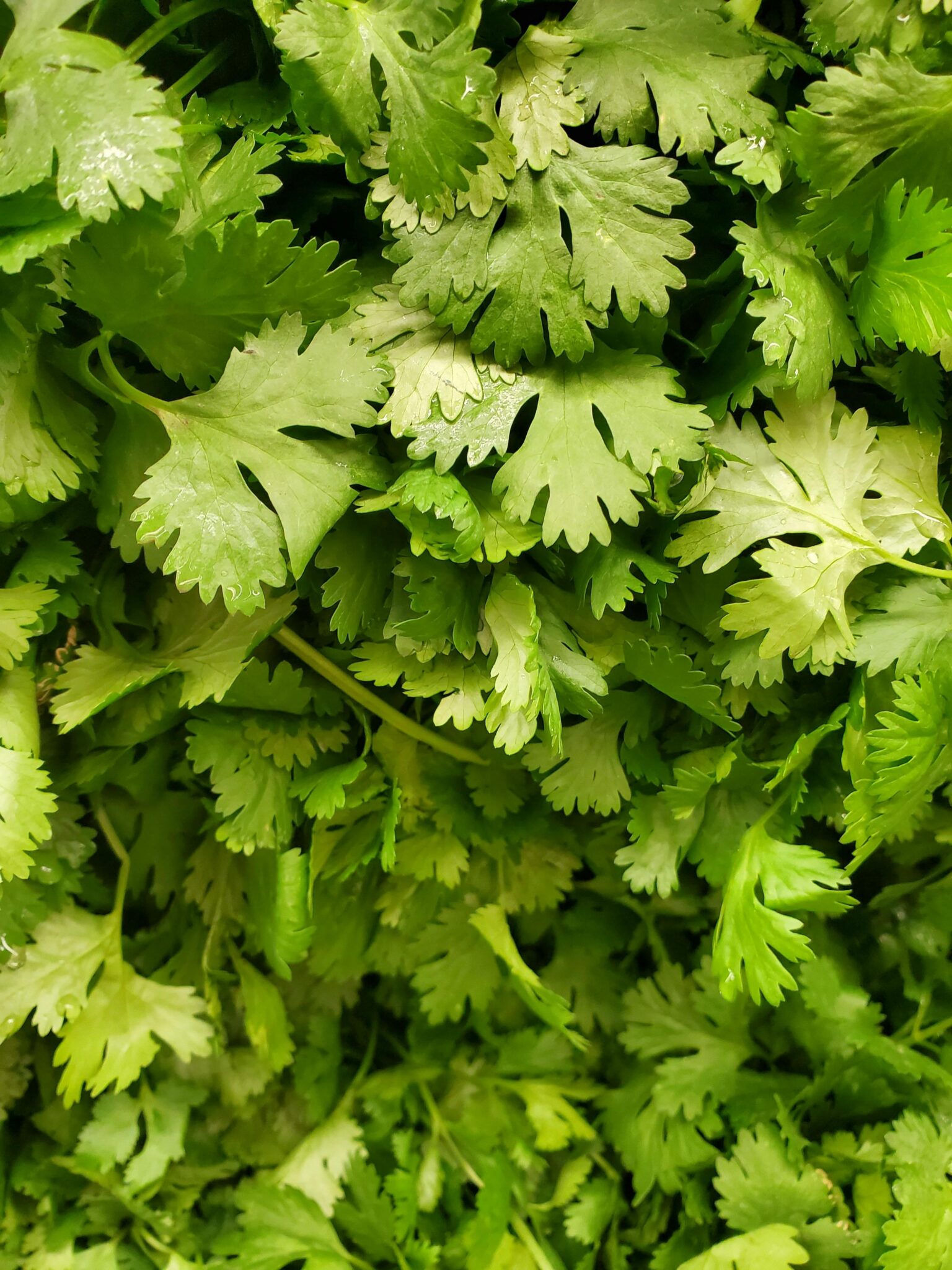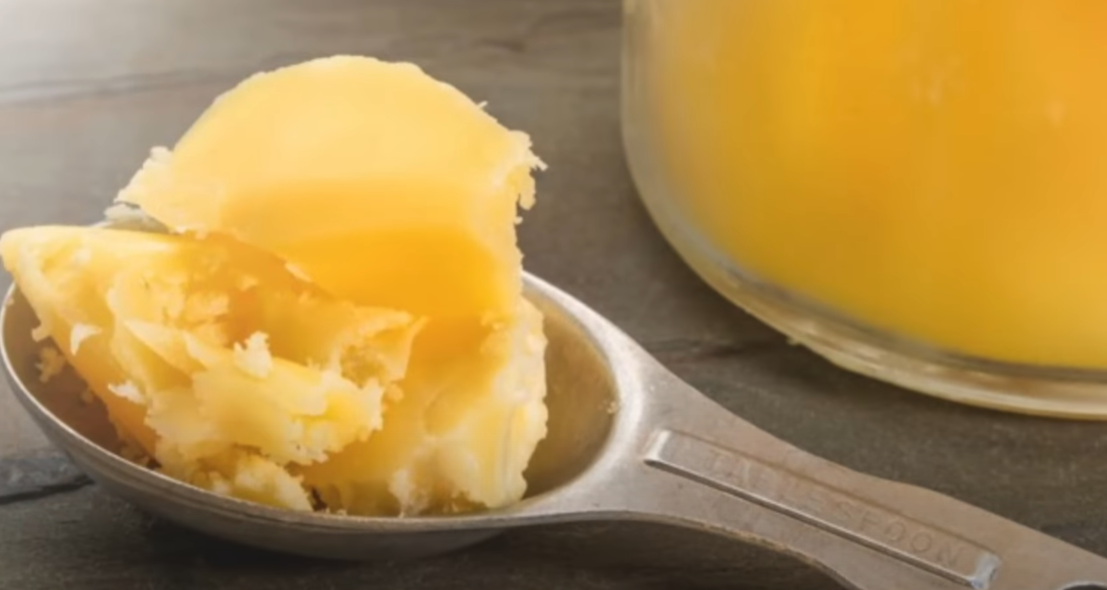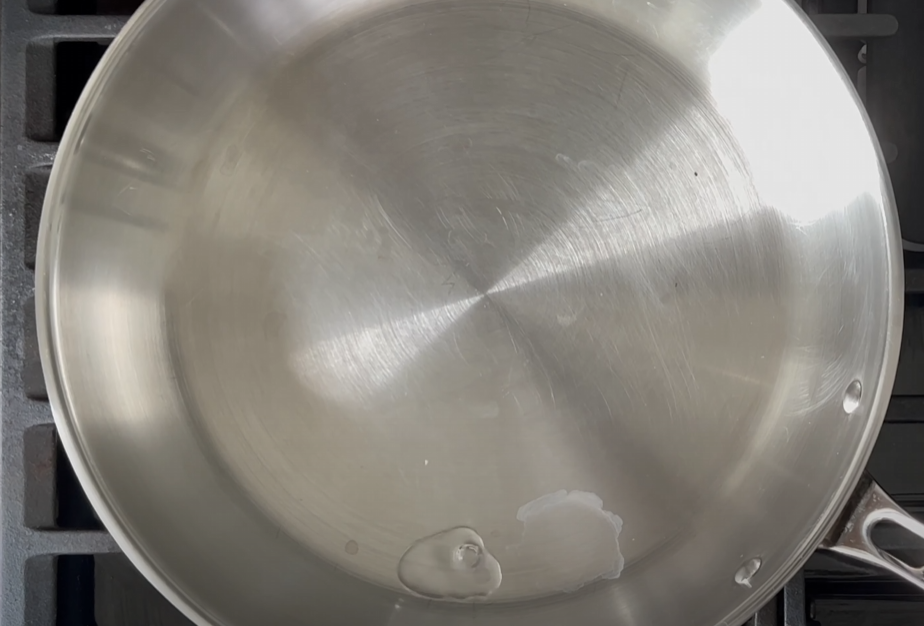So, yuh just finish frying up some wicked fried chicken, making a tasty stir-fry, or sizzling some bacon and eggs, and now you deh wondering what to do with the used cooking oil. Pouring it down the drain might seem quick and easy, but bai, that’s the worst ting you could do! Grease can clog up yuh kitchen pipes and mash up the local sewage systems. And trust me, yuh don’t want that kinda bacchanal.
But no worries, meh fren! I got the steps laid out for yuh to dispose of used cooking oil in a safe, effective, and eco-friendly way. Plus, I even throw in some creative tips for using the oil in compost and making useful items like soap. Remember, even a lil bit of grease poured down the drain every day can add up and cause plenty trouble for yuh home and the environment.
Simple, Easy Steps for Cooking Oil Disposal
The best way to dispose of cooking oil is to let it cool, then pour it into a sealable container like a plastic bottle or milk carton, and throw it in the trash. Just make sure yuh following the proper steps:
Additional Tips:
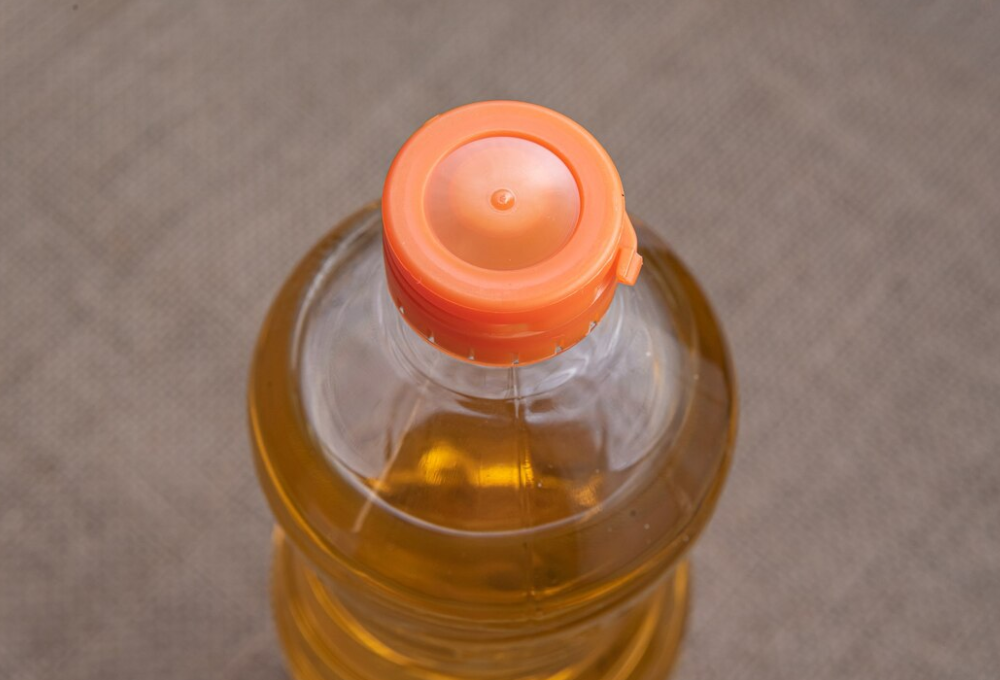
Cooking Oil Fact:
Did you know you could preserve fresh, unused, or unopened cooking oil by freezing it? It can last up to 2 years in the freezer or about 1 year in the pantry. How cool is that?
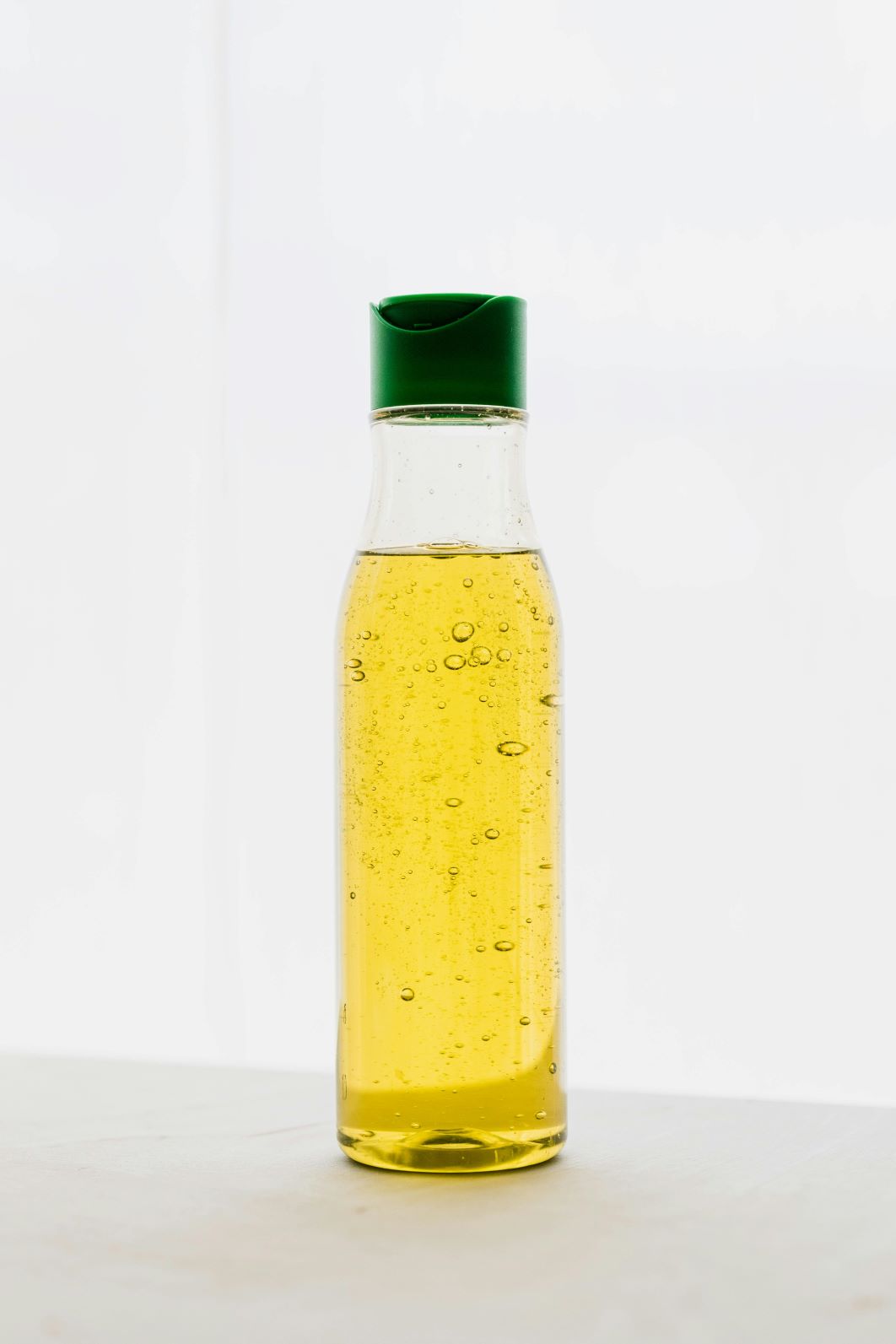
Take Used Oil to Restaurants for Proper Disposal
If you know anyone who owns a restaurant or live near one, they might be able to help you. Restaurants often have sources for hazardous waste disposal, ensuring the oil is disposed of properly.
Contact a Household Hazardous Waste Disposal Company
Companies that collect household hazardous waste (HHW) often collect other categories like medical waste. If they have a doorstep pick-up service, then this gives you a chance to get rid of multiple types of hazardous waste at one time.

Use a Grease Disposal System
Use a grease disposal system like the Fat Trapper Grease Disposal System. This system includes a plastic container with foil-lined bags that can hold a maximum of 32 ounces (2 lbs).
Add to Compost
If you’re using 100% vegetable cooking oil, it’s perfectly safe to add to your regular compost pile. The exception is if you added animal fat or cooked with meat, as this could attract unwanted bugs and small animals.
Mix with Other Solid Waste Materials
Before you dispose of the used cooking oil, blend it with other absorbent waste materials to “convert” it into solid waste. Store it properly and then include it in your daily household waste disposal. You can use:
This helps to soak up the liquid quickly, making a less messy situation and helping city sanitation workers at the same time.
Mistakes to Avoid When Disposing of Used Cooking Oil
Avoid these common mistakes when disposing of used cooking oil:
Tips to Reduce the Use of Cooking Oil
Another way to handle cooking oil is by cutting down on its consumption from the start. Beyond the environmental benefits, reducing oil intake promotes heart health. Here are some ways to reduce your oil use:
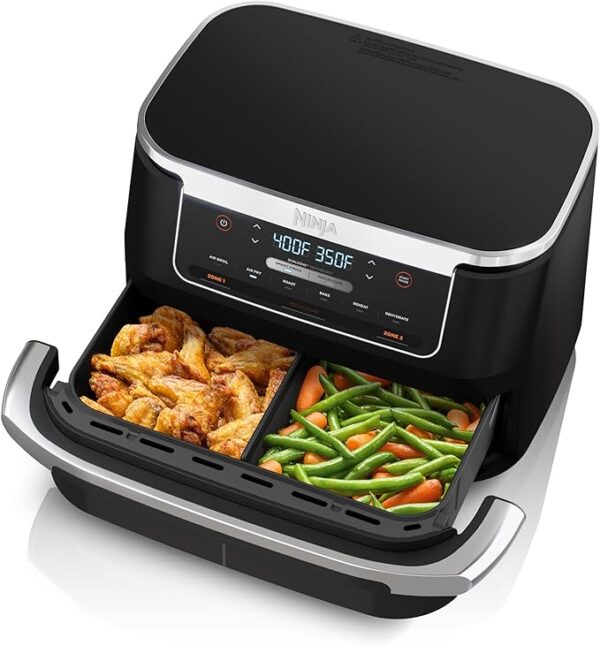
Tips to Reuse Cooking Oil
Can’t cut back on your cooking oil usage? No worries! Reusing cooking oil is a great way to save money and be a bit more eco-friendly. Here’s how:
By reusing cooking oil, you’re not only saving money but also reducing waste. Give it a try and keep those fried goodies coming without breaking the bank!

10 Common Questions About Cooking Oil
What types of cooking oils are best for frying?
Vegetable oil, canola oil, and peanut oil are popular choices due to their high smoke points and neutral flavors.
Can I reuse cooking oil after frying?
Yes, you can reuse cooking oil. Just strain it, store it properly, and check its smell before reusing. Typically, you can reuse oil 2-3 times.
How should I dispose of used cooking oil?
Let it cool, pour it into a sealed container, and throw it in the trash. Never pour it down the drain as it can clog pipes.
What’s the best way to store used cooking oil?
Store strained oil in a clean, airtight container in a cool, dark place to maintain its quality.
How can I tell if cooking oil has gone bad?
If the oil smells rancid, has a strange taste, or shows signs of excessive smoking or foaming when heated, it’s time to dispose of it.
How many times can I reuse cooking oil?
Cooking oil can generally be reused 2-3 times. However, this depends on the type of food you fry and how well you filter it after each use.
What are the health risks of reusing cooking oil?
Reused cooking oil can break down and form harmful compounds if used excessively. Always check for signs of spoilage before reuse.
Can I mix different types of cooking oils?
It’s best not to mix different types of oils, especially if they have different smoke points or have been used for frying different types of foods.
What’s the best oil for high-heat cooking?
Oils with high smoke points like avocado oil, peanut oil, and sesame oil are ideal for high-heat cooking.
Are there eco-friendly ways to dispose of used cooking oil?
Yes, you can look for local recycling programs that accept used cooking oil or donate it to organizations that convert it into biodiesel.






